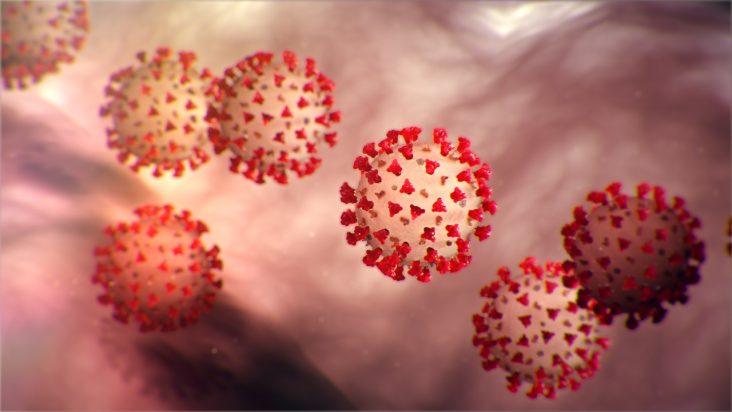What are the coronavirus numbers? Go to ArkansasCovid.com
by June 10, 2020 7:00 am 2,258 views

Misty Orpin was one of those people who watches Gov. Asa Hutchinson’s daily COVID-19 press conferences religiously, but she still wasn’t satisfied with the information she was getting. So the mother of two and marketing director for her family’s company decided to collect, organize and publish the data herself.
Now, her website, arkansascovid.com, gets thousands of views a day, while her Twitter account, @ArkansasCovid, has 3,611 followers.
Using Department of Health data that she inputs by hand, the website charts COVID-19 cases, testings and deaths statewide and by county over time. The site also charts hospitalizations and outbreaks by industry and in nursing homes, correctional facilities and elsewhere. It also has a blog and a podcast.
The University of Arkansas has provided her a data journalism student as an intern who is focused on how different races are being affected differently by the pandemic.
Orpin posts information like a tweet at 2:06 p.m. June 9 showing it took Arkansas 28 days to reach its first 1,000 infections but only three days to advance from 9,000 to 10,000. Testing was part of the reason, she explained in her next tweet.
“I do not get political on it,” she said in an interview with Talk Business & Politics. “I don’t talk about reopening. I don’t talk about a lot of the things that really drive people to one side or another. I just talk about math.”
Orpin said she was part of a “tribe of people” who watch the governor’s daily press conferences. When she found the Department of Health’s website didn’t show data from previous dates to make it possible to track cases over time, she started doing it herself. She started sharing the information on Twitter, but her dad doesn’t use that tool, so she started the website.
“I think the major thing was … it was because nobody else was doing it,” she said. “I felt like there needed to be checks by the media, like there needed to be questions being asked by the media that weren’t being asked, and I didn’t see anyone filling the information gap that existed.”
The project consumes “hours and hours” each day, said the mother of a 14-year-old and two-year-old. She also does the marketing, communications and information technology for Black Apple, a hard cider producer co-owned by her family.
The site generates no income, though it has given her some notoriety. Recently, her pizza deliverer recognized her name and said, “Hey, you’re the COVID lady.”
Orpin said the state has been transparent overall, but officials have shared misleading data. For example, the percentage of positive cases shared in the governor’s news conferences often doesn’t take into account results that later are added retroactively.
“I feel like the platform has been able to track the data at a really micro level and point out maybe some better ways of doing things, and the state has been really responsive in adopting better practices in response to that,” she said.
She was among the first to point out an inaccurate graphic created by the White House and shared by Hutchinson on April 20 that seemed to show Arkansas was one of the leading states regarding testing. By studying the number of tests conducted in March and April, Orpin realized the actual number was about one-tenth what the chart indicated. The next day, the governor agreed the chart was incorrect.
“It’s really just an overall picture of what’s happening, so it doesn’t allow fudging, if you will,” she said. “There’s a check and a balance on everything that’s being reported by the state, so there’s no way to get away with that information because there’s good information out there.”
Orpin has a background in communications. She was a journalist at the Russellville Courier and the Benton County Daily Record, and she was director of communications and strategic planning for the Office of Economic Development at the University of Arkansas.
In addition to her postings, she answers questions from individuals such as the Faulkner County woman who had called her county judge and Health Department trying to learn how many tests had been performed there. Orpin sent her a chart that automatically updates.
“This is a very important moment, and it impacts people’s lives whether they feel comfortable going to businesses and spending money or whether they feel safe going to the doctor,” she said. “That data helps inform their everyday decisions. So I don’t come at it from a place of fear. I come at it from a place of data and access, I guess.”
